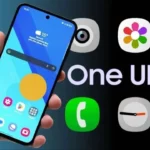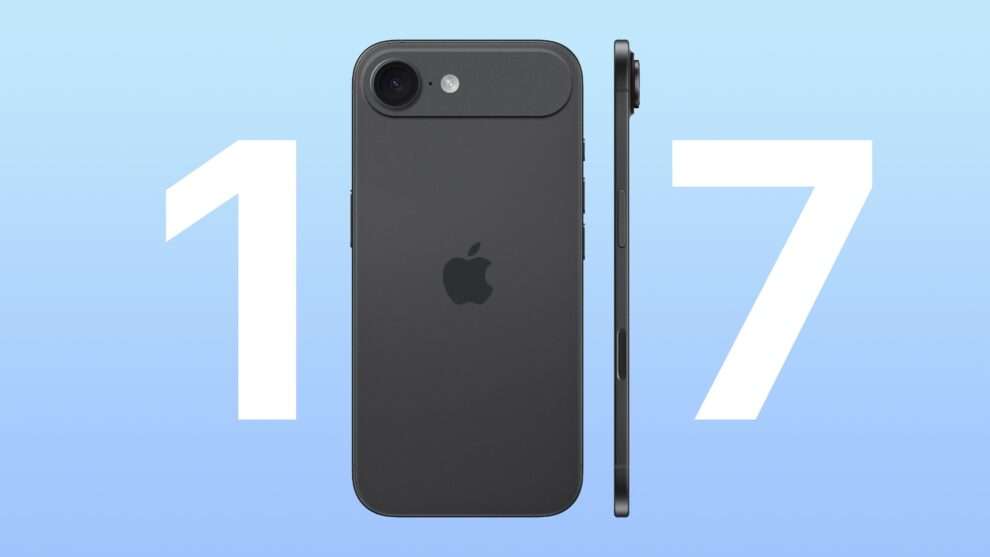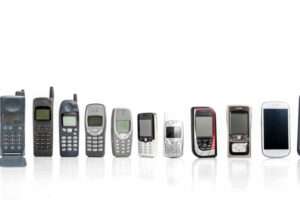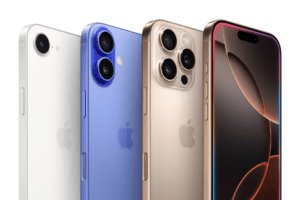The tech world thrives on innovation, but sometimes the most unexpected moves come from the industry’s biggest players. Apple, a company synonymous with trendsetting design and cutting-edge technology, appears to be taking a page out of Google’s playbook with its rumored iPhone 17 Air. Fresh leaks suggest that the upcoming device could feature a design element eerily reminiscent of the Google Pixel’s iconic camera bar—a bold departure from Apple’s traditional aesthetic.
A Bold New Direction for Apple
For years, Apple has been at the forefront of defining smartphone design trends. Its sleek aluminum frames, minimalist aesthetics, and seamless integration of hardware and software have set benchmarks that competitors often scramble to emulate. However, recent renders leaked by Front Page Tech’s Jon Prosser indicate that Apple may be borrowing inspiration from an unlikely source: Google’s Pixel lineup.
According to Prosser, who claims to have seen a finalized version of the iPhone 17 Air’s design, the device will feature a “camera bar” strikingly similar to the one found on Google Pixel phones. This horizontal strip houses the phone’s camera system and has become a hallmark of the Pixel series since its sixth generation. While Apple has long favored individual lenses arranged within a square or circular module, the shift to a unified bar signals a dramatic change in approach.
Prosser’s track record lends credibility to these rumors. He was among the first to float the idea of an “Air” model replacing the Plus variant in Apple’s lineup—a prediction later corroborated by Bloomberg’s Mark Gurman, one of the most reliable voices in Apple reporting. If true, this development would mark not only a visual overhaul but also a strategic pivot toward slimmer, lighter devices tailored for portability without compromising functionality.
Why the “Air” Label Fits
As the name suggests, the iPhone 17 Air is expected to adopt a more compact and lightweight form factor compared to its predecessors. The term “Air” aligns perfectly with Apple’s branding strategy for streamlined products, such as the MacBook Air and iPad Air, which emphasize portability and elegance. By incorporating a thinner profile while retaining powerful internals, the iPhone 17 Air could carve out a unique niche within Apple’s portfolio.
This focus on slimming down might explain why Apple opted for a Pixel-like camera bar instead of sticking with its usual protruding camera bump. A horizontally aligned bar distributes weight more evenly across the rear panel, potentially enhancing ergonomics and reducing bulkiness. Additionally, it allows for better utilization of internal space, accommodating advanced imaging components without adding unnecessary thickness.
A Nod to Google’s Influence?
It’s ironic that Apple, once the undisputed leader in shaping smartphone design trends, now seems to be drawing cues from Google—a company historically viewed as playing catch-up in the premium smartphone market. Since its debut, the Pixel line has carved out a reputation for delivering exceptional photography capabilities despite lacking the flashy designs of its rivals. Its utilitarian camera bar, though divisive, became instantly recognizable and practical, housing sensors and flash modules in a clean, linear layout.
If Apple indeed adopts this design philosophy, it raises intriguing questions about the evolving dynamics between tech giants. Is this move a tacit acknowledgment of Google’s influence? Or does it reflect a broader industry trend where functionality takes precedence over form? Whatever the motivation, the decision underscores how even the most established brands must adapt to shifting consumer preferences and technological advancements.
What Sets It Apart?
While the iPhone 17 Air’s design draws comparisons to the Pixel, Apple is unlikely to stop there. Known for pushing boundaries, the Cupertino-based giant will almost certainly infuse its new offering with proprietary innovations. Early reports hint at improvements in camera performance, battery efficiency, and processing power—all hallmarks of Apple’s iterative yet impactful upgrades.
One area ripe for enhancement is computational photography. With the rise of AI-driven features like object recognition, real-time editing, and enhanced low-light shooting, Apple could leverage its A-series chips to deliver unparalleled image quality. Pairing these advancements with the Pixel-inspired camera bar could result in a device that combines style, substance, and superior functionality.
Moreover, Apple’s commitment to sustainability may play a role in the iPhone 17 Air’s construction. Recent models have incorporated recycled materials and reduced environmental impact, signaling a growing emphasis on eco-conscious manufacturing. Whether through innovative materials or energy-efficient components, the Air could exemplify Apple’s dedication to balancing progress with responsibility.
Market Implications and Consumer Reception
Introducing a design so markedly different from previous iterations carries inherent risks. Longtime Apple enthusiasts accustomed to the brand’s signature look may view the change skeptically, questioning whether it dilutes the iPhone’s identity. On the other hand, casual users and those seeking variety might welcome the refresh as a breath of fresh air.
From a competitive standpoint, the iPhone 17 Air could blur the lines between Apple and Android ecosystems. By embracing elements traditionally associated with Google, Apple risks alienating purists who value distinctiveness. Conversely, it opens doors to attracting Pixel loyalists intrigued by what Apple brings to the table.
Pricing will also play a crucial role in determining the Air’s success. Positioned as a mid-tier option relative to Pro models, it must strike a delicate balance between affordability and premium appeal. Offering flagship-level features in a more accessible package could make it a compelling choice for budget-conscious buyers unwilling to sacrifice quality.
As anticipation builds around the iPhone 17 Air, speculation continues to swirl about its potential impact on the smartphone landscape. Will it redefine expectations for mid-range devices? Can Apple successfully merge its legacy of excellence with newfound experimentation? Only time will tell.
What’s clear, however, is that Apple remains unafraid to challenge conventions—even if it means looking outside its own walls for inspiration. In doing so, the company reaffirms its position as a dynamic force capable of reinventing itself while staying true to its core values. For fans and critics alike, the iPhone 17 Air represents an exciting glimpse into what happens when tradition meets transformation.
Whether you’re Team Apple or Team Google, one thing is certain: the smartphone wars just got a whole lot more interesting.
















Add Comment